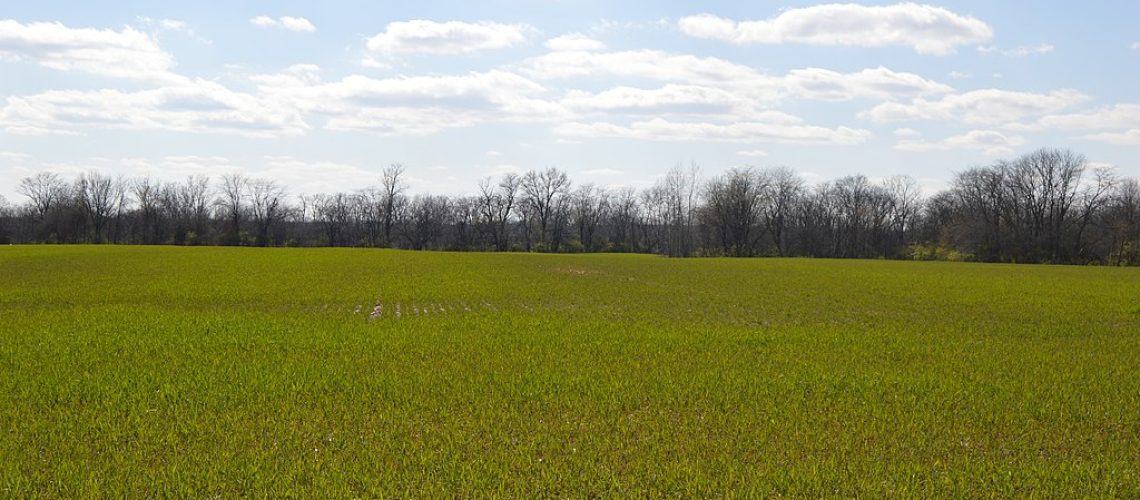One of the nation’s largest solar projects has been approved by the Ohio Power Siting Board.
The Ohio Power Siting Board has approved Savion’s Oak Run solar project, an 800 MW utility-scale solar facility with 300 MW of co-located energy storage. The project was approved despite public opposition, which mostly centered around “not-in-my-backyard” (NIMBY) concerns.
“The Madison County Board of County Commissioners have determined the Oak Run Solar Project’s impacts greatly outweigh the project’s benefits to the community, therefore not satisfying the requirements of public interest, convenience, and necessity for the residents of Madison County,” said Rob Slane, Madison County Administrator in a public comment filing.
Local tax revenues for Madison County, Ohio are estimated to range between $242 million and $504 million over the 30 to 35 year life of the solar facility. Building the project is expected to result in the creation of over 3,000 construction jobs. A full economic analysis for public record can be found here. A record of public comments and related documents reviewed by the siting board can be found here.
The massive solar project will be installed on 6,000 acres of land in rural Madison County, Ohio. It is expected to reach commercial operations coming online in phases starting in 2025. Over 63 permanent operations and maintenance jobs are expected to be created when the project is operational.
Oak Run solar’s plans include 300 MW of Tesla battery energy storage, which is expected to have a 20-year lifespan. Design submissions on public record call for the installation of modules supplied by most Tier 1 solar module providers, including Canadian Solar, JA Solar, Jinko Solar, Longi, Maxeon, Titan Vertex/Trina Solar, VSun, and US-based First Solar. Trackers may include single-axis tracking from GameChange Solar, Nextracker, Array Technologies, and FTC Voyager. Sungrow was selected as inverter provider.
As much as $300 million in funding would be generated for local public schools in direct result of the project.
The report included an economic land use analysis regarding the purchase of the agricultural land for the new facility.
“I believe projects like Oak Run will be able to provide more opportunities for long-term investments that will make sure our county has the resources to ensure our school systems are well funded and there are job opportunities,” said resident Gabriel Torres in public comment.
“What a tragedy. Oak run project. 5,000 acres of corn equal 1,100,000 bushels of corn every year. Over 50% Kokomo soil, some of the best in the world. I am not against solar panels. I am against solar panels replacing GOD given soil. No amount of money is worth our soil,” said resident Tim Kronk in public comment.
Using a real-options analysis, the land use dollar value of solar purchasing far exceeds the value for agricultural use in Madison County.
The price of corn would need to rise to $21.31 per bushel or yields for corn would need to rise to 462.6 bushels per acre by the year 2056 for corn farming to generate more income for the landowner and local community than the annualized solar payment. At the time of the report, September 2022, corn was sold for $5.45 per bushel and yields were 210.1 bushels per acre.
Alternatively, the price of soybeans would need to rise to $62.55 per bushel or yields for soybeans would need to rise to 167.2 bushels per acre by the year 2056 for soybean farming to generate more income than Oak Run. At the time of this report, soybean prices were $13.10 per bushel respectively and yields were 62.2 bushels per acre.
The use of farmland highlights the possibility for agrivoltaics. Co-locating crop production with solar energy facilities, is a practice being evaluated worldwide for mutual benefits to both the solar equipment and the yield of crops.



